
Discover the Majesty of Britain
Embark on an unforgettable journey through the United Kingdom's most spectacular landmarks, historic treasures, and breathtaking natural wonders

Embark on an unforgettable journey through the United Kingdom's most spectacular landmarks, historic treasures, and breathtaking natural wonders
Top Attractions
Years of History
Annual Visitors
Memorable Experiences
The United Kingdom is a treasure trove of extraordinary experiences, where ancient history meets modern innovation, and natural beauty intertwines with architectural masterpieces. From the bustling streets of London to the serene highlands of Scotland, from the mystical stone circles of prehistoric Britain to the cutting-edge museums of the 21st century, our island nation offers an unparalleled diversity of attractions that captivate millions of visitors each year.
Our carefully curated collection showcases the very best of what Britain has to offer. Whether you're a history enthusiast eager to walk in the footsteps of kings and queens, a nature lover seeking breathtaking landscapes, or a culture vulture hungry for world-class art and entertainment, you'll find your perfect destination among our top UK attractions. Each location has been selected for its unique character, historical significance, and ability to create lasting memories.
Join us as we explore castles that have stood for centuries, gardens that bloom with seasonal splendor, museums housing priceless artifacts, and natural wonders that will take your breath away. Your journey through Britain's finest attractions starts here.

Since 1066
Years of Heritage
Discover the landmarks that have shaped a nation and continue to inspire millions of visitors from around the world
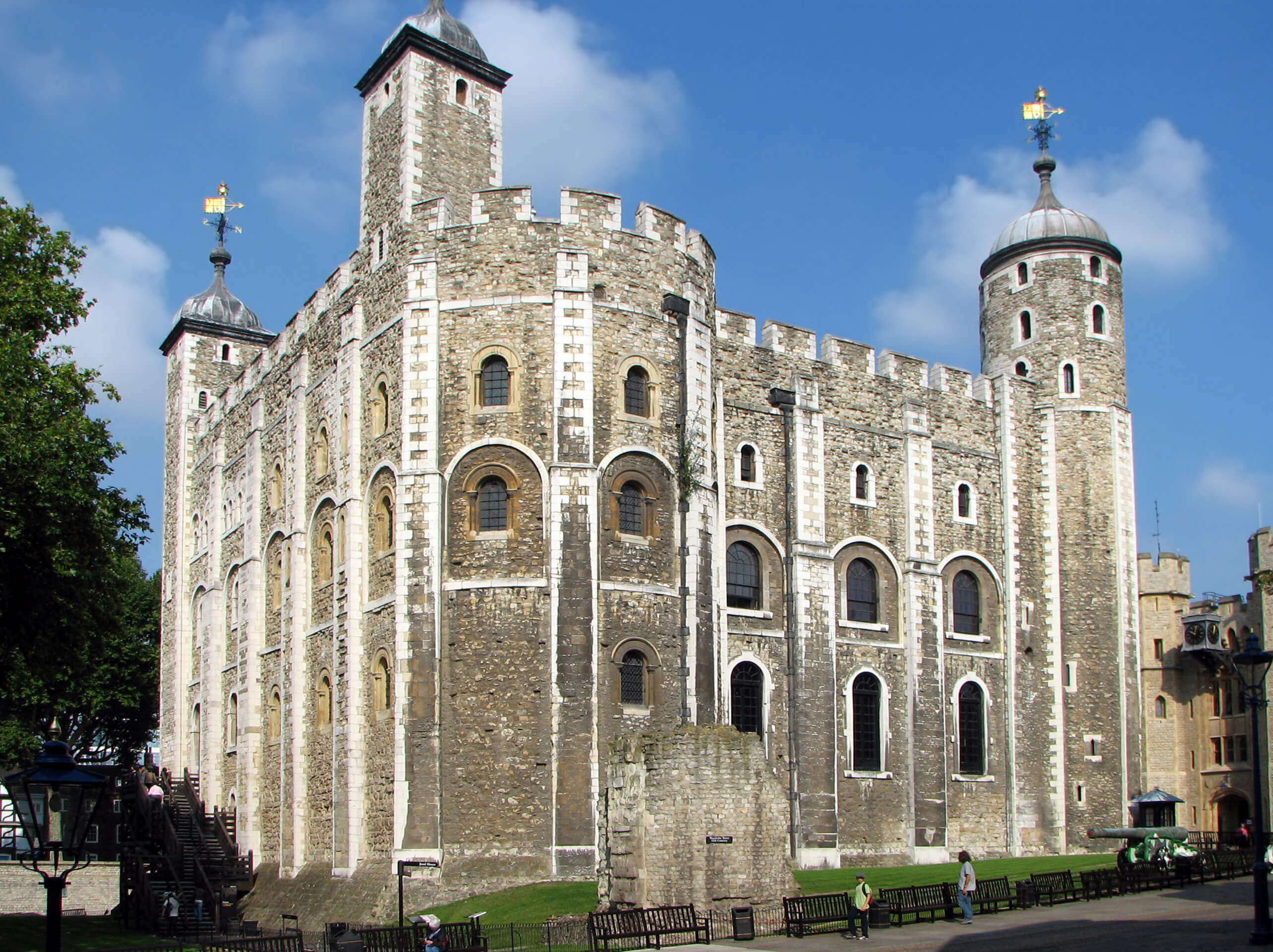
A UNESCO World Heritage Site housing the Crown Jewels, this fortress has served as royal palace, prison, and treasury for nearly a thousand years.

One of the world's most famous prehistoric monuments, this mysterious stone circle has captivated visitors for over 5,000 years with its astronomical precision.
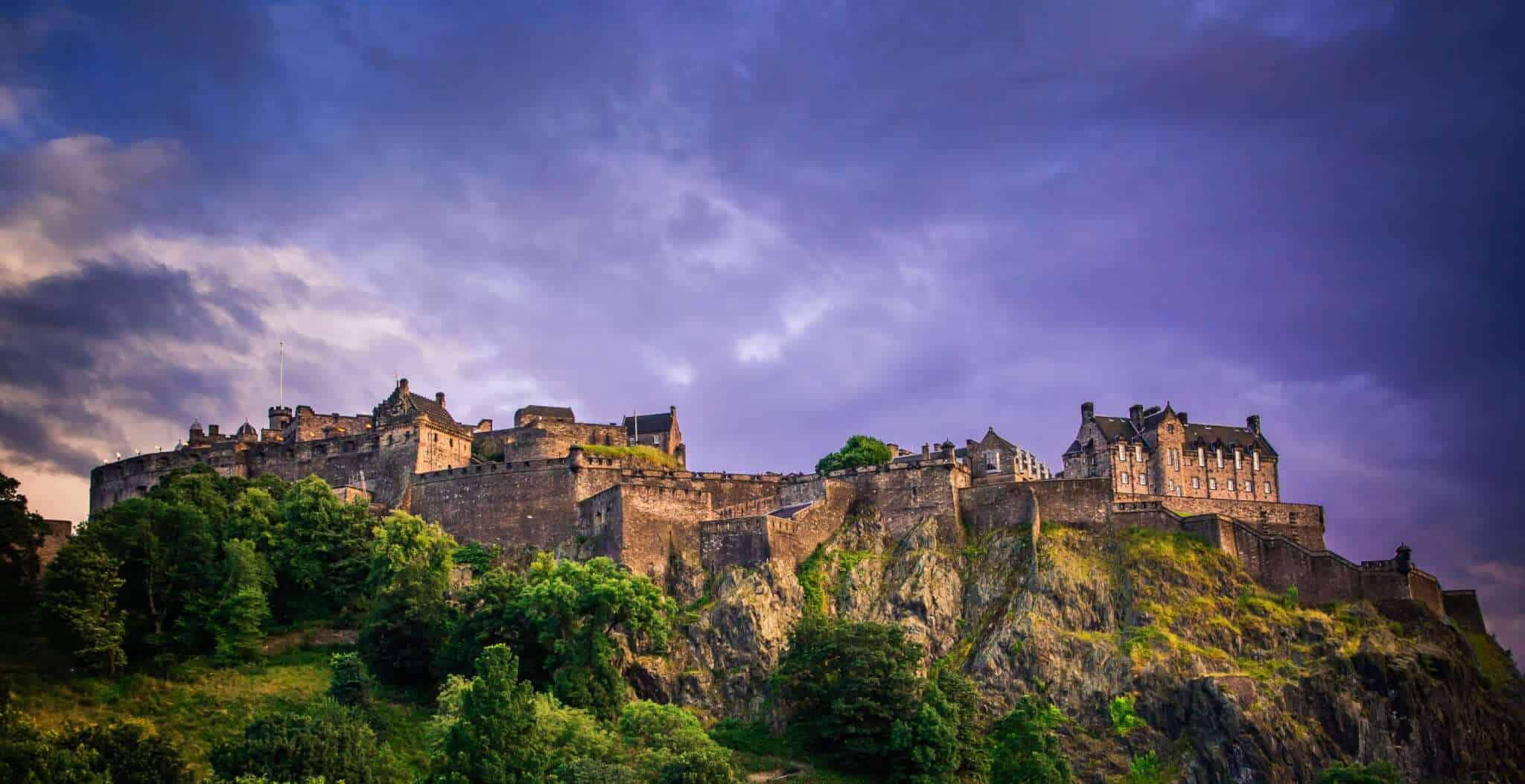
Perched atop an extinct volcano, this iconic fortress dominates Scotland's capital skyline and houses the Honours of Scotland and the Stone of Destiny.
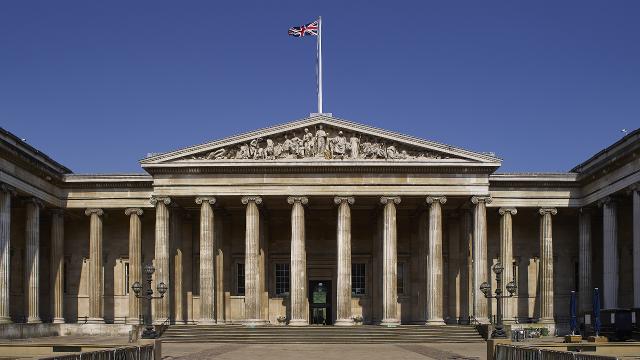
Home to over 8 million works spanning human history and culture, from the Rosetta Stone to Egyptian mummies, all available to explore for free.

England's largest National Park offers breathtaking mountain scenery, pristine lakes, and charming villages that inspired poets like William Wordsworth.
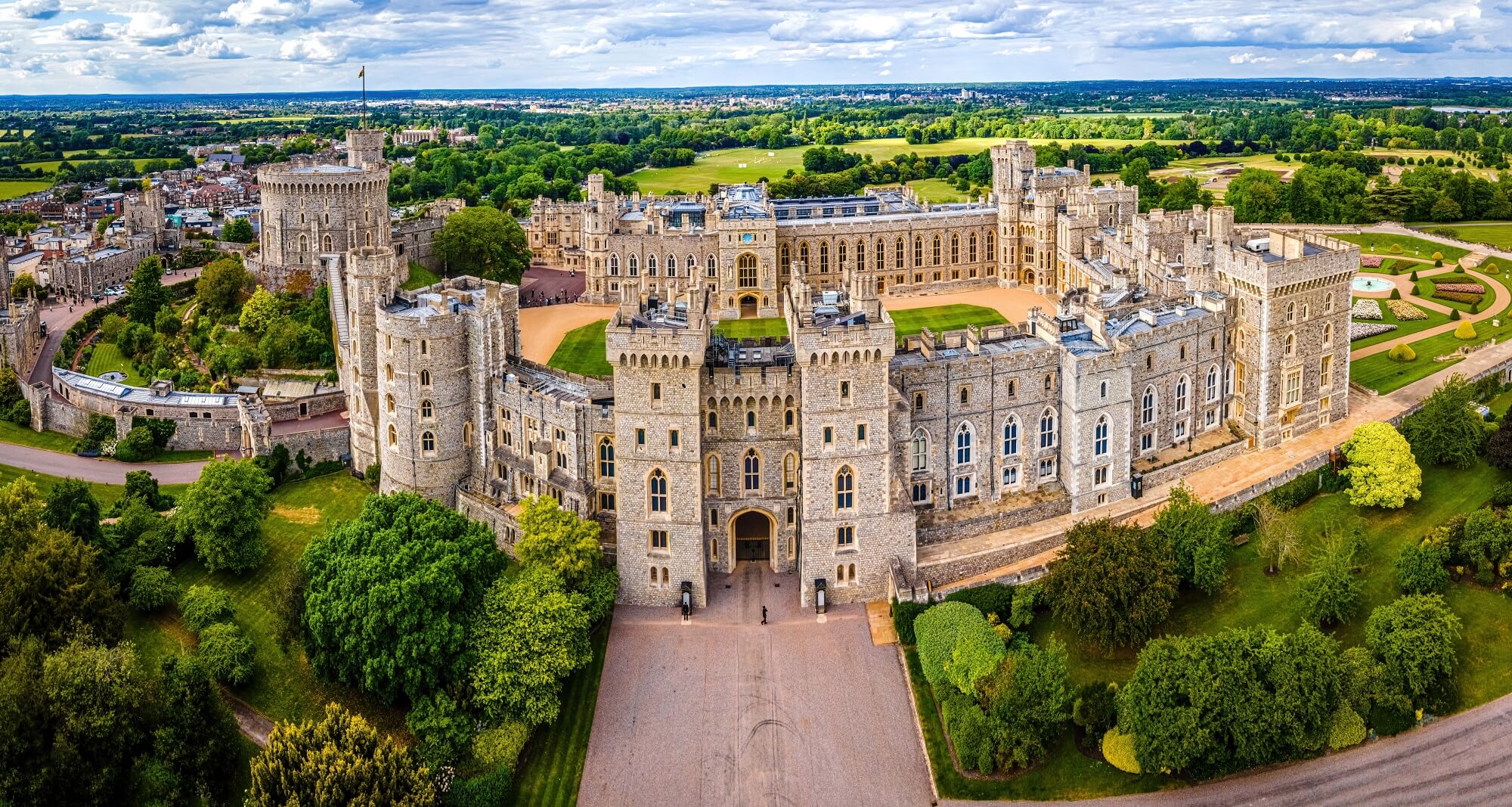
The oldest and largest occupied castle in the world, serving as an official residence of the British monarch for over 900 years with magnificent State Apartments.
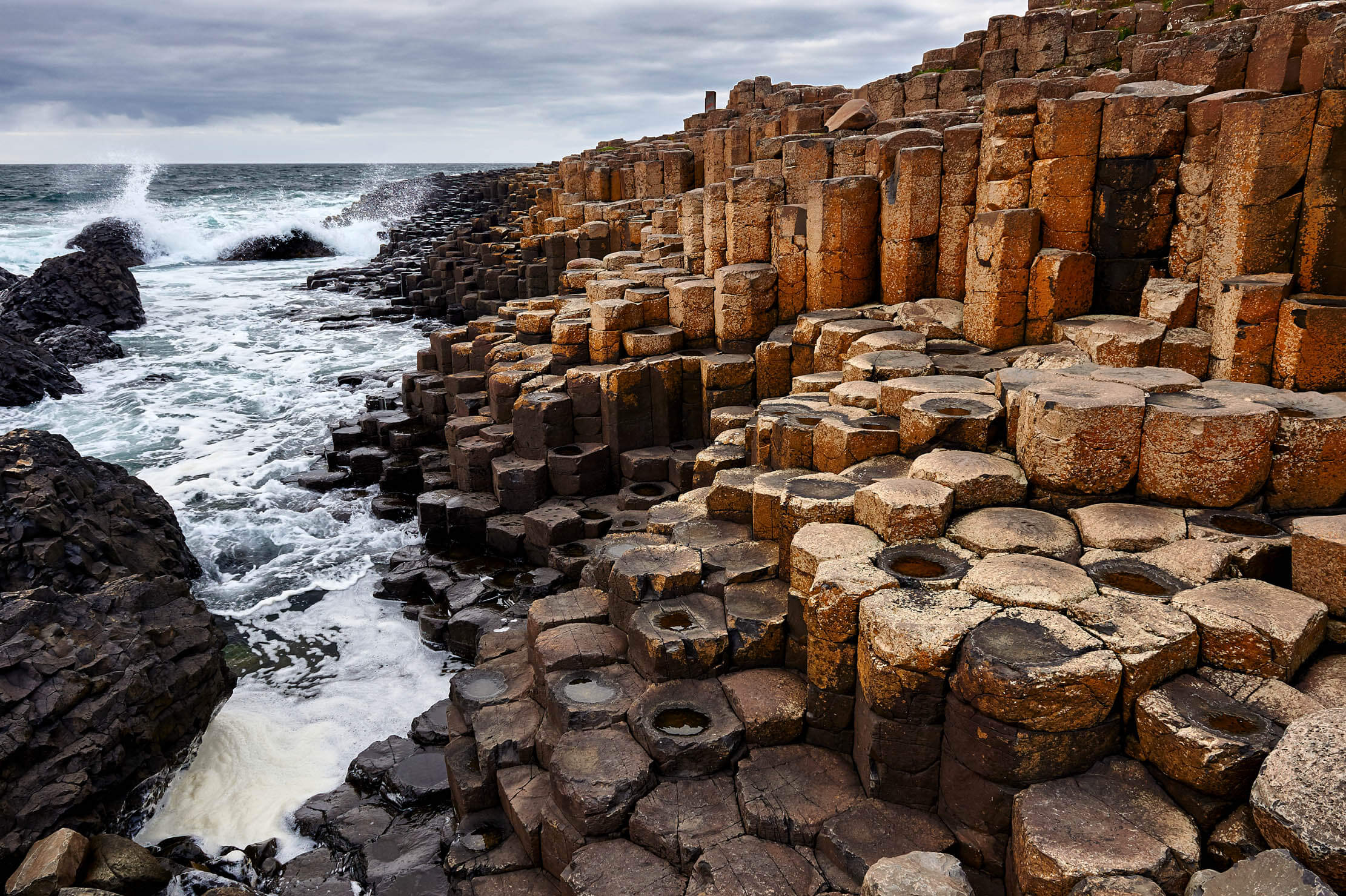
An extraordinary geological formation of 40,000 interlocking basalt columns created by volcanic activity 60 million years ago on Northern Ireland's dramatic coastline.
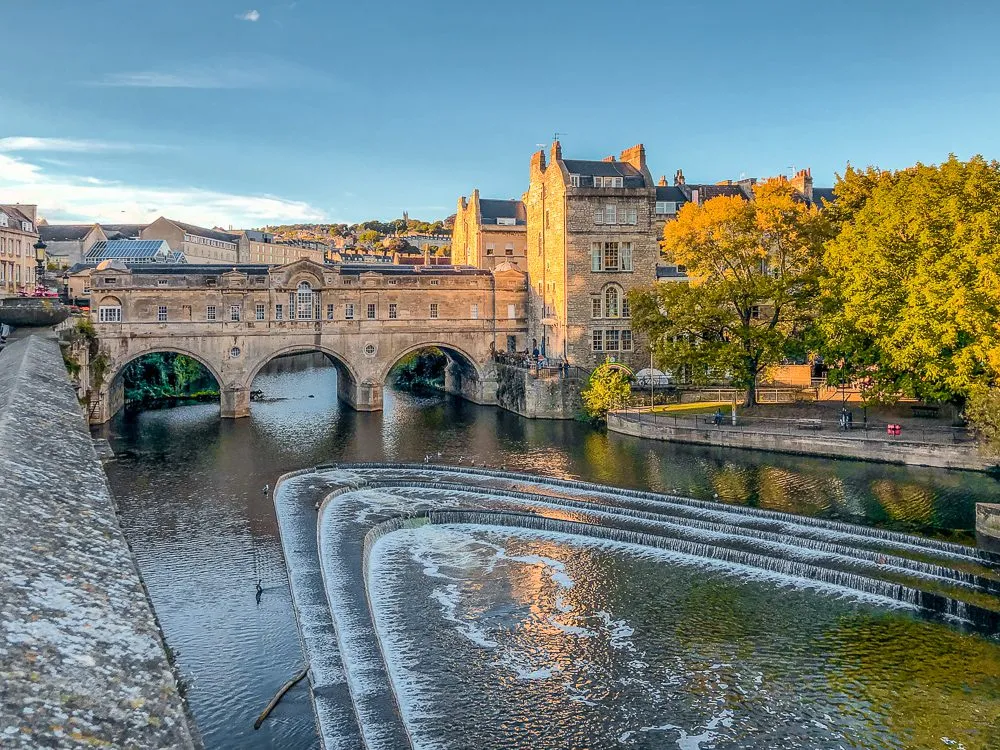
Remarkably preserved Roman bathing complex and temple dedicated to the goddess Sulis Minerva, showcasing ancient engineering brilliance in the UNESCO city of Bath.

One of the world's most magnificent Gothic cathedrals, featuring stunning medieval stained glass windows and architecture that has stood for over 800 years.

The official London residence of the British monarch, famous for the Changing of the Guard ceremony and its opulent State Rooms open to visitors during summer.

A vast landscape of rugged mountains, deep lochs, and ancient glens offering spectacular scenery, wildlife, and rich Highland culture steeped in tradition.
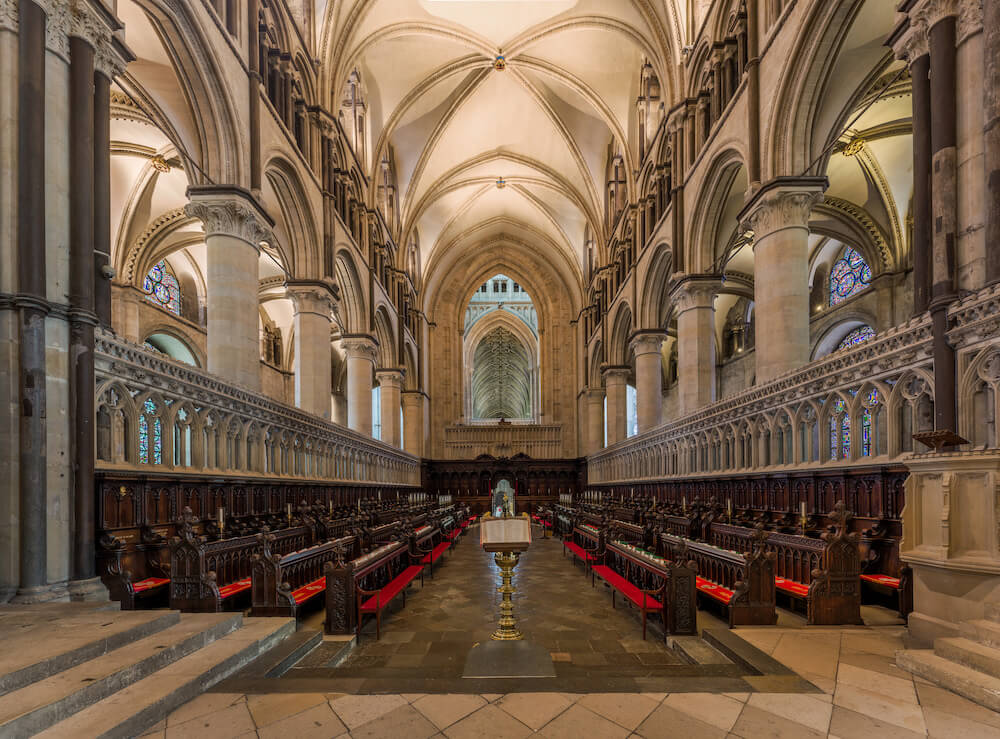
The Mother Church of the worldwide Anglican Communion, a pilgrimage destination for over 1,400 years, and site of Archbishop Thomas Becket's martyrdom in 1170.
From ancient wonders to modern marvels, discover what makes Britain extraordinary
Explore thousands of years of history, from prehistoric monuments to medieval castles, Tudor palaces to Victorian engineering marvels. Every corner tells a story of kings, queens, battles, and the people who shaped civilization.
From the dramatic Scottish Highlands to the rolling hills of the Cotswolds, pristine lakes to rugged coastlines, Britain's landscapes offer breathtaking diversity within a compact area, perfect for exploration.
Home to world-renowned museums, galleries, theaters, and music venues, Britain has been at the forefront of arts and culture for centuries, from Shakespeare to The Beatles, continuing to inspire globally.
The United Kingdom stands as one of the world's most visited destinations, attracting over 40 million international visitors annually. This remarkable appeal stems from an extraordinary combination of historical significance, cultural richness, architectural splendor, and natural beauty compressed into a relatively small geographical area. From the misty mountains of Scotland to the sunny beaches of Cornwall, from ancient stone circles to cutting-edge contemporary art galleries, Britain offers an unparalleled diversity of experiences that captivate travelers from every corner of the globe.
Britain's history stretches back millennia, and evidence of this rich past can be found throughout the landscape. The prehistoric monument of Stonehenge, constructed around 3000 BCE, continues to mystify archaeologists and visitors alike with its astronomical precision and enigmatic purpose. The Romans left their mark with magnificent structures like the Roman Baths in Bath, showcasing the engineering prowess of an empire that ruled Britain for nearly four centuries. The medieval period brought forth spectacular castles and cathedrals, including the Tower of London, Edinburgh Castle, and Canterbury Cathedral, each telling stories of power, faith, and human ambition.
The Tudor and Stuart periods saw the construction of magnificent palaces such as Hampton Court and the expansion of Windsor Castle, while the Georgian era gave us the elegant crescents and squares of cities like Bath and Edinburgh. The Victorian age ushered in industrial innovation alongside Gothic Revival architecture, exemplified by the Houses of Parliament and countless railway stations that remain architectural marvels. This layering of historical periods creates a unique temporal landscape where different eras coexist, offering visitors an immersive journey through time.
British architecture represents some of humanity's greatest creative achievements. The Gothic splendor of York Minster, with its intricate stone tracery and stunning stained glass, demonstrates the heights of medieval craftsmanship. Canterbury Cathedral, the spiritual heart of the Anglican Communion, combines Romanesque and Gothic elements in a harmonious whole that has inspired pilgrims for over fourteen centuries. Windsor Castle, the largest and oldest occupied castle in the world, showcases royal architecture across nearly a millennium, from Norman fortifications to Victorian State Apartments.
The classical elegance of Georgian architecture finds its finest expression in Bath's Royal Crescent and Circus, while Buckingham Palace represents the grandeur of royal residences with its 775 rooms and exquisite State Apartments. Modern architecture has also made its mark, with contemporary structures like the Shard and the Gherkin in London demonstrating that British architectural innovation continues into the 21st century.
Britain's natural attractions offer stunning diversity despite the nation's compact size. The Lake District National Park, England's largest, presents a landscape of dramatic mountains, serene lakes, and verdant valleys that inspired Romantic poets like William Wordsworth and continue to enchant visitors today. The region's sixteen major lakes and numerous smaller tarns reflect the surrounding fells, creating picture- perfect scenes at every turn. Hiking trails range from gentle lakeside strolls to challenging mountain ascents, catering to all abilities and offering rewards of spectacular panoramic views.
The Scottish Highlands represent wilderness on a grand scale, with mountains rising dramatically from deep glacial valleys, lochs stretching into misty distances, and moorlands carpeted in purple heather. This is a landscape that speaks of ancient geological forces, Ice Age sculpting, and the enduring power of nature. Wildlife thrives here, from red deer and golden eagles to otters and seals along the coast. The Highlands also preserve Highland culture, from traditional ceilidh music to historic clan territories, adding human stories to natural splendor.
The Giant's Causeway in Northern Ireland presents a geological wonder that seems almost supernatural in its perfection. Forty thousand hexagonal basalt columns, formed by volcanic activity sixty million years ago, create a natural pavement leading into the sea. The precise geometry of these columns has given rise to legends of giants building a causeway to Scotland, and the dramatic coastal setting only enhances the sense of being in a place where myth and reality merge.
Britain's museums house some of the world's most significant collections, many offering free admission. The British Museum stands as one of humanity's greatest treasure houses, with eight million objects spanning two million years of history. From the Rosetta Stone that unlocked Egyptian hieroglyphics to the Elgin Marbles from the Parthenon, from ancient Assyrian reliefs to Anglo-Saxon treasures, the museum offers an unparalleled journey through global civilization. The magnificent Great Court, with its geometric glass roof, provides a stunning contemporary space within the neoclassical building.
London alone boasts numerous world-class institutions: the National Gallery houses Western European paintings from the 13th to 19th centuries; the Tate Modern showcases international modern and contemporary art in a converted power station; the Victoria and Albert Museum celebrates decorative arts and design; the Natural History Museum awes visitors with its dinosaur skeletons and architectural grandeur; and the Science Museum traces technological innovation from the steam engine to space exploration.
The British monarchy's history intertwines with the nation's story, and royal palaces and castles offer intimate glimpses into centuries of royal life. Buckingham Palace, the monarch's official London residence since 1837, opens its State Rooms to visitors during summer months, revealing lavish interiors filled with treasures from the Royal Collection. The famous Changing of the Guard ceremony, with its pageantry and precision, continues to draw crowds daily.
Windsor Castle serves as both a working royal residence and a visitor attraction, its State Apartments displaying artistic masterpieces, while St. George's Chapel represents the pinnacle of Perpendicular Gothic architecture. The Tower of London, though now a tourist attraction, remains a working royal palace housing the Crown Jewels, including the Imperial State Crown with its 2,868 diamonds, 17 sapphires, 11 emeralds, 269 pearls, and 4 rubies.
Edinburgh Castle, perched on volcanic rock overlooking Scotland's capital, houses the Honours of Scotland (the oldest Crown Jewels in Britain) and the Stone of Destiny, used in the coronation of Scottish monarchs. The One O'Clock Gun, fired daily except Sundays, has marked time for Edinburgh residents since 1861, maintaining a tradition that connects past and present.
Britain's religious architecture represents faith expressed through stone, glass, and timber. Canterbury Cathedral, founded by St. Augustine in 597 CE, has been a pilgrimage destination for over 1,400 years. The murder of Archbishop Thomas Becket here in 1170 made it one of medieval Christendom's most important pilgrimage sites, immortalized in Chaucer's Canterbury Tales. The cathedral's soaring Gothic architecture, stunning stained glass, and atmospheric crypt create a space where history and spirituality converge.
York Minster, the largest medieval Gothic cathedral in Northern Europe, took over 250 years to build and contains half of all the medieval stained glass in England. The Great East Window, created in the early 15th century, remains the largest expanse of medieval stained glass in the world. The cathedral's Chapter House, with its octagonal design and no central pillar supporting the roof, demonstrates medieval engineering genius.
Britain's compact size makes it ideal for exploration, with excellent transportation links connecting attractions across the country. The rail network, despite its Victorian origins, provides efficient and scenic connections between major destinations. Driving offers flexibility to explore rural areas and smaller towns, while organized tours provide expert commentary and hassle-free travel to multiple sites.
Seasonal considerations enhance visits: spring brings blooming gardens and longer days; summer offers the best weather and extended opening hours for attractions; autumn showcases spectacular foliage in parks and countryside; while winter features festive markets, fewer crowds, and atmospheric visits to historic sites. Many attractions require advance booking, especially during peak summer months, and combination tickets often provide better value for visiting multiple sites.
Accommodation ranges from luxury hotels in historic buildings to charming bed and breakfasts in countryside villages, from budget hostels to unique stays in castles or converted lighthouses. Dining options span from Michelin-starred restaurants to traditional pubs serving Sunday roasts, from street food markets to afternoon tea in elegant hotels.
While our featured twelve attractions represent Britain's highlights, countless other sites reward exploration. The Cotswolds offer quintessentially English villages with honey-colored stone cottages. Cornwall's dramatic coastline features artists' colonies and seafood restaurants. The Yorkshire Dales present limestone landscapes with waterfalls and caves. Wales boasts medieval castles more numerous than anywhere else in Europe. Oxford and Cambridge showcase collegiate architecture and academic heritage spanning centuries.
Britain's living culture adds another dimension to historical attractions. World-class theater in London's West End, music festivals from Glastonbury to Edinburgh, literary connections from Stratford-upon-Avon to the Lake District, and sporting events from Wimbledon to Royal Ascot all contribute to the contemporary British experience. Food and drink culture has transformed in recent decades, with British restaurants earning Michelin stars, craft breweries reviving beer traditions, and regional specialties celebrated alongside international cuisines.
The United Kingdom's attractions offer more than just sightseeing; they provide connection to human history, achievement, creativity, and the enduring relationship between people and landscape. Whether standing before Stonehenge's ancient stones, walking through royal palaces, climbing Highland peaks, or exploring world-class museums, visitors engage with stories that have shaped not just Britain but global civilization.
Each attraction on our list deserves dedicated time for full appreciation, yet together they represent just the beginning of what Britain offers. The combination of accessibility, diversity, and preservation makes the United Kingdom an ideal destination for travelers seeking enrichment, beauty, and memorable experiences. Whether visiting for the first time or returning to explore deeper, Britain's attractions continue to reveal new layers, ensuring that discovery never ends and every visit brings fresh insights into this remarkable nation's treasures.
Contact us today to plan your perfect journey through Britain's most spectacular attractions
Get in Touch